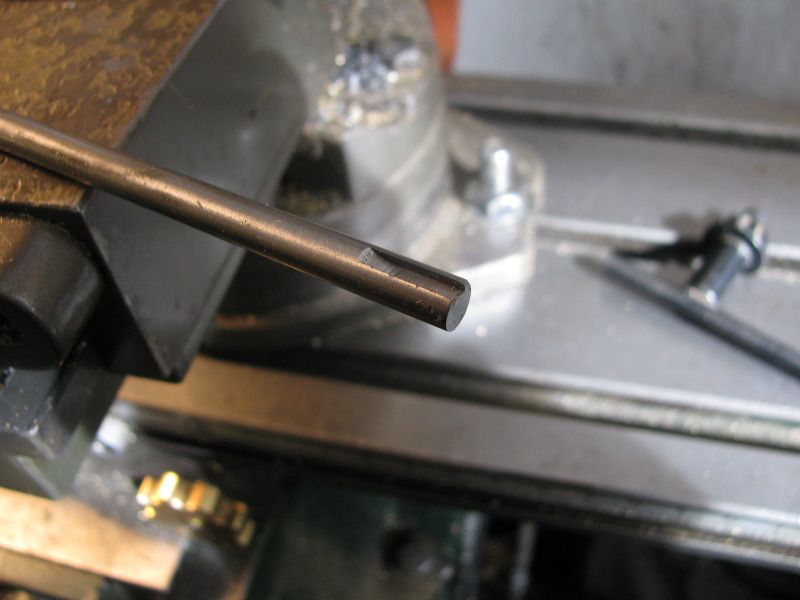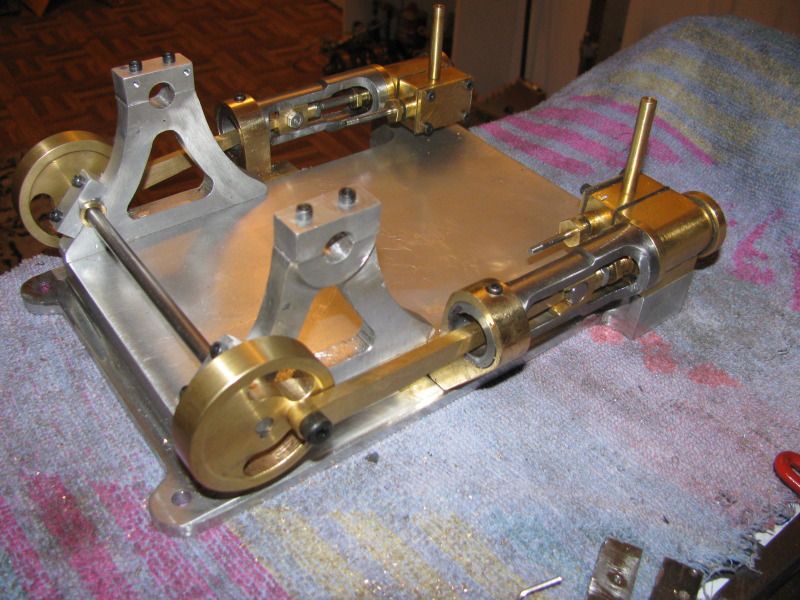- Joined
- Jan 3, 2008
- Messages
- 2,085
- Reaction score
- 17
Itsi all still looking great Brian. The broaching shouldn't present any problem. Is the window for the 26 degree set screw hole large enough to let a center drill in there so you can keep the drill on the correct angle? Keep up the amazing progress 
Bill
Bill












































![DreamPlan Home Design and Landscaping Software Free for Windows [PC Download]](https://m.media-amazon.com/images/I/51kvZH2dVLL._SL500_.jpg)










![MeshMagic 3D Free 3D Modeling Software [Download]](https://m.media-amazon.com/images/I/B1U+p8ewjGS._SL500_.png)


















